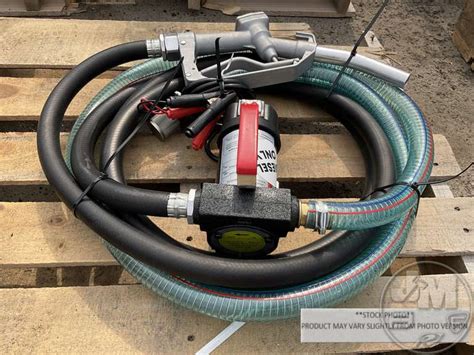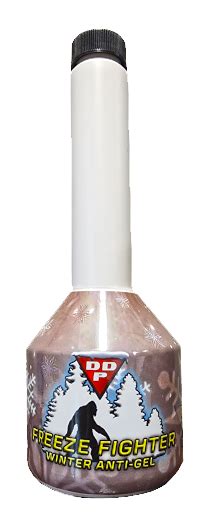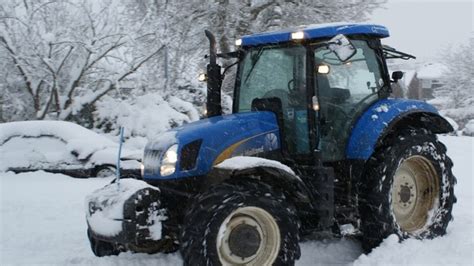Winter weather brings unique challenges for diesel engine owners, with one of the most critical being diesel fuel gelling. As temperatures drop, paraffin wax naturally present in diesel can solidify, forming crystals that clog fuel filters and lines, ultimately preventing your engine from starting or running. Understanding how to combat this phenomenon is crucial for reliable operation in freezing conditions.
Understanding Diesel Gelling
Diesel fuel contains paraffin wax, which is essential for its lubricating properties and energy content. However, when temperatures fall below a certain point (the cloud point), this wax begins to crystallize, making the fuel appear cloudy. As the temperature drops further, these crystals grow larger and clump together, forming a gel-like substance that can block the fuel flow. This ‘gelling’ can effectively shut down an engine, causing significant inconvenience and potential damage.
Key Strategies to Prevent Gelling
Preventing diesel gelling requires a proactive approach, combining fuel choices, additives, and proper vehicle maintenance.
1. Opt for Winter-Blend Diesel
Fuel suppliers in colder regions typically offer a ‘winter-blend’ diesel during the colder months. This blend has a lower cloud point and pour point, meaning it’s formulated to resist gelling at lower temperatures. It achieves this through a combination of additives or by blending with kerosene. Always try to fill up with winter-blend diesel when available, especially if you anticipate freezing conditions.

2. Utilize Anti-Gelling Additives
For an extra layer of protection, especially when winter-blend diesel might not be sufficient or readily available, anti-gelling additives are highly effective. These chemical additives work by modifying the paraffin wax crystals, preventing them from growing large enough to clog filters. It’s vital to add the additive *before* the fuel gets cold enough to gel, as they are most effective when mixed with warm fuel.
Follow the manufacturer’s instructions carefully for dosage and application. Over-treating or under-treating can reduce their effectiveness.

3. Maintain Your Fuel System
Regular Filter Replacement
Clogged fuel filters are often the first casualty of gelling. Even with proper fuel and additives, some wax crystallization can occur. Ensure your fuel filters are clean and replaced regularly, especially before winter. A fresh filter can handle a small amount of wax better than a partially clogged one. Carry a spare fuel filter and the necessary tools for replacement, particularly for long trips.
Keep Your Fuel Tank Full
A full fuel tank leaves less space for condensation to form. Water in the fuel system can freeze and further exacerbate fuel flow issues, even if the diesel itself hasn’t fully gelled. Keeping the tank full also helps the fuel retain heat longer, delaying the onset of gelling.

4. Consider Warming Solutions
Engine Block Heaters and Fuel Line Heaters
For extreme cold, active heating solutions can be invaluable. Engine block heaters warm the engine oil and coolant, making starting easier. Fuel line heaters or fuel filter heaters directly warm the fuel, preventing gelling in critical areas. These are often standard equipment in vehicles designed for cold climates or can be installed as aftermarket accessories.
Store Vehicle in a Warm Environment
If possible, park your diesel vehicle in a heated garage or under a covered area. Even a slight increase in ambient temperature can significantly delay or prevent gelling. When parking outdoors, try to choose a spot that offers some protection from wind and direct cold exposure.

Emergency Tips if Gelling Occurs
If your diesel has already gelled, do not attempt to force-start the engine repeatedly, as this can damage the starter or fuel pump. Move the vehicle to a warmer environment if possible, or use external heating sources (like a heat gun on fuel lines and filters, *with extreme caution and avoiding direct flame*) to gently warm the affected components. Once thawed, add anti-gelling additive to the tank and run the engine to circulate the treated fuel. Replace the fuel filter if it remains clogged.

Conclusion
Preventing diesel gelling in winter is a critical aspect of cold-weather vehicle maintenance. By combining the use of winter-blend diesel, effective anti-gelling additives, diligent fuel system maintenance, and strategic warming solutions, you can ensure your diesel engine remains reliable and operational throughout the coldest months. A little preparation goes a long way in avoiding the frustration and expense of a gelled fuel system.




